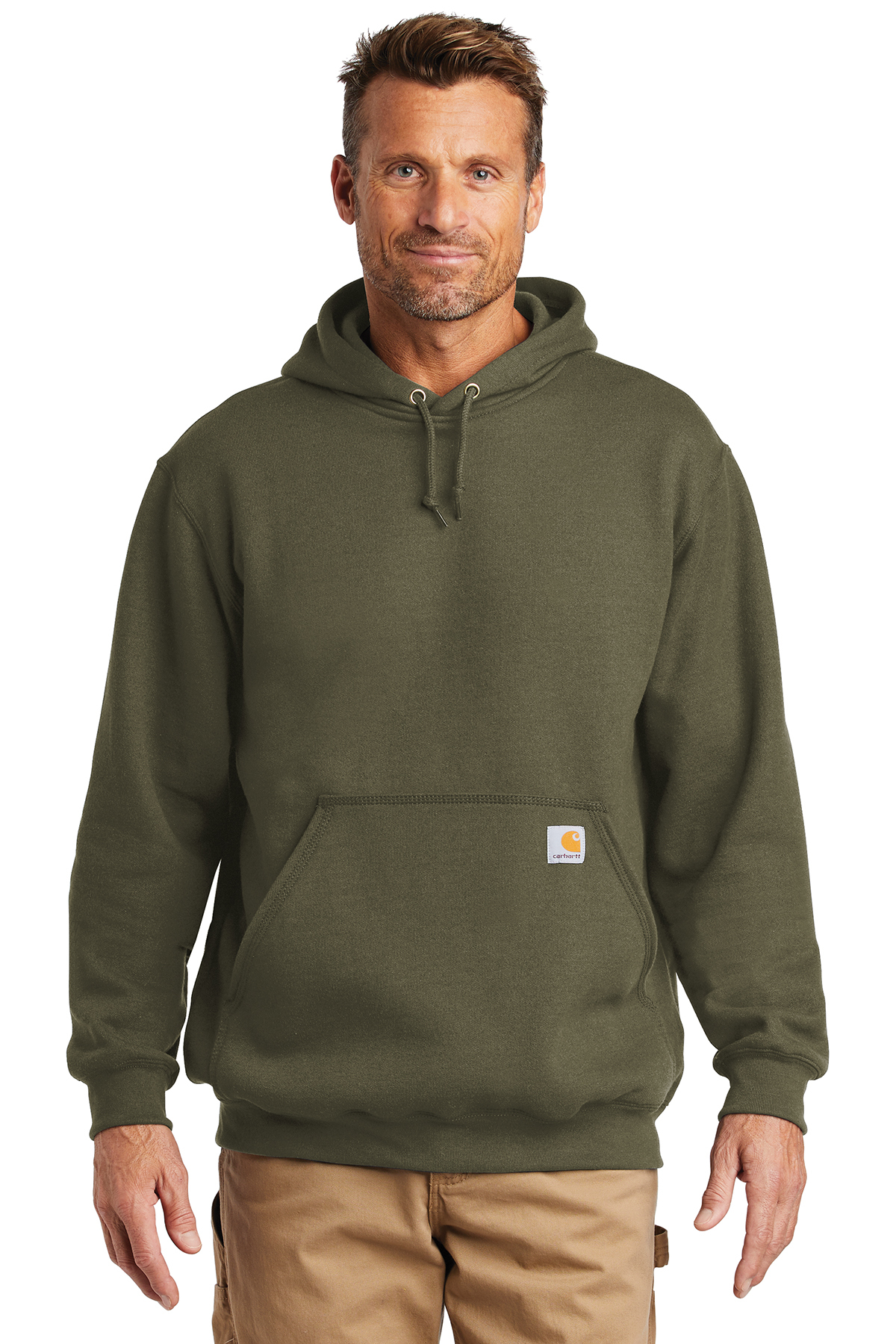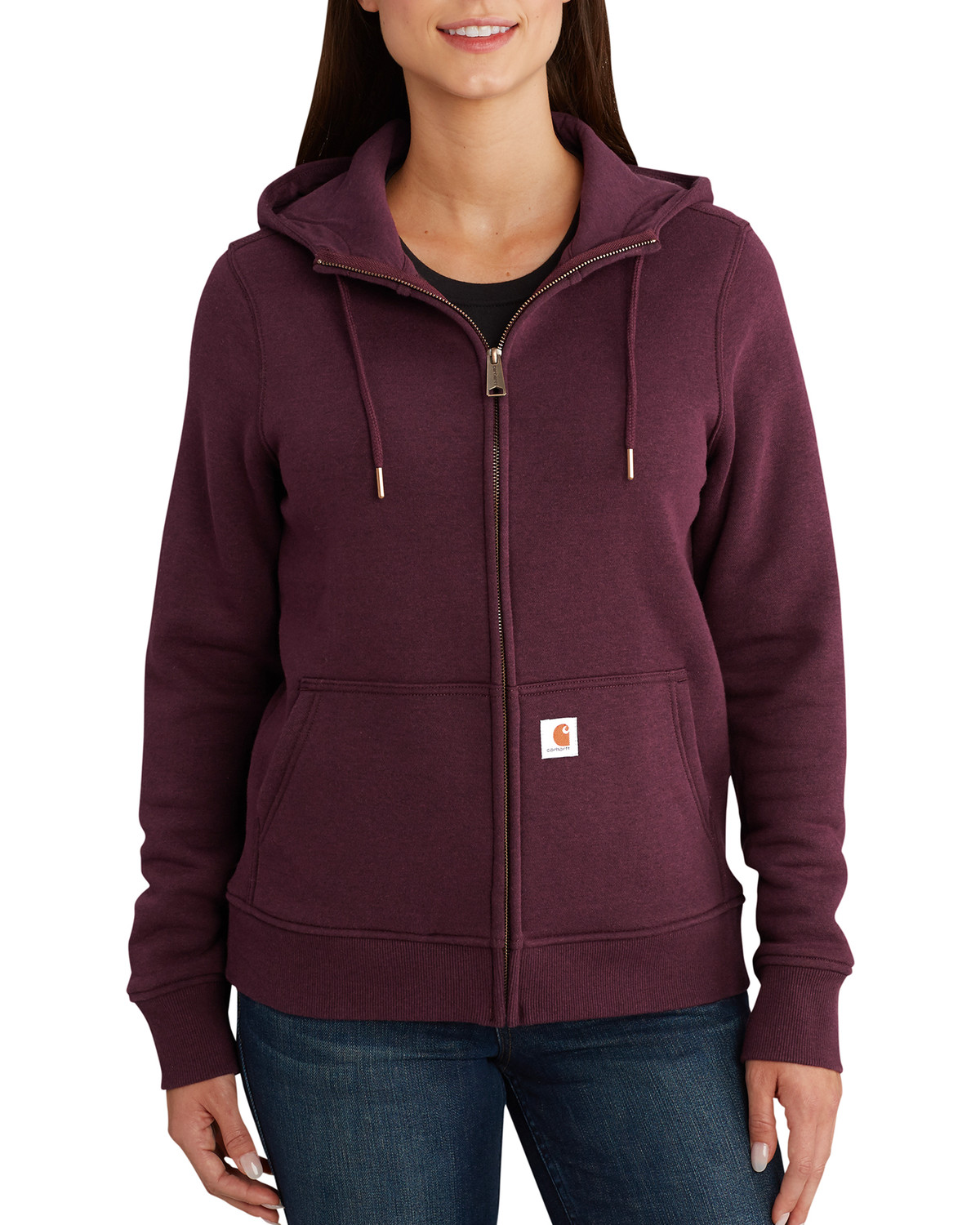Sweatshirts are long-sleeved, pullover garments composed of thick cotton. They are usually used for casual wear but aren't as formal as sweaters or cardigans. They do not usually have a or hood. If you're thinking of purchasing a sweatshirt, here are a few tips:
Norma Kamali spread the appeal of sweatshirts
Since the late 1970s the Norma Kamali brand has transformed the simple sweatshirt into an art. Her designs are now a staple in almost every woman's closet. Her distinct styles range from a tummy-tucking crew neckline to thick leather sweatshirt s. She also has created clothes with unusual shapes, such as an oversized tank top that has a long trumpet skirt.

The collaboration of the designers and the sweatshirt maker Everlast resulted in her Timeless line, which was a huge hit when it appeared in Spiegel's spring 2006 catalog. The collection was made up of convertible and interchangeable knits in classic silhouettes and a lot of pieces were priced at less than $20. Even even if Norma Kamali's Timeless collection wasn't sold in stores, fans could still find the designs for sale on eBay or Poshmark.
Merino wool sweatshirts are more comfortable than soft sweatshirts
Merino wool is known for its ability to wick moisture away, which helps to keep you comfortable and dry. This is a naturally-occurring fiber that also offers a smoother and more comfortable feeling. It is also quick to dry compared to other natural materials. Furthermore, merino is a sustainable resource. The merino sheep shed coats every year and regrow new coats.
Merino's weight-to-heat ratio is high, and the warmth of wool makes it popular for sweatshirts. It helps to regulate the temperature of your body due to its loft that naturally retains heat between the fibers. sweat shirts is the reason Merino wool sweaters are great for summer and outdoor activities like hiking, mountain biking and running. The warmth it offers helps keep the wearer well-hydrated and cool, something that is essential when working out.
Zip-front hoodies feature kangaroo pockets.
Kangaroo pocket Hoodies are a very popular type of hoodie. These hoodies have a large pocket in the front, which helps keep your hands warm during cold days. They are much more practical than traditional pockets, since they allow the hands to slide in and out with ease.
Kangaroo pockets are usually large enough to fit the wallet, or other smaller personal items. They are commonly big enough to hold a small hand or even sufficient to hold two hands. They are wide on both sides and can be used to carry small objects.
French terry fabric is a very popular material for sweatshirts.
The French Terry fabric is constructed of soft yarns that are knitted into loops and are usually mid-weight. It is also known because of its capacity to absorb away moisture and is already pre-shrunk. French Terry is an excellent option for sweatshirts as it keeps you warm when you need it and keeps your cool when you want to cool down.
French terry is also popular for loungewear, since it is stretchy enough and has enough flexibleness to feel great against your skin. It also allows air to circulate around the fabric, making it perfect for layering under other clothing. In addition, because it is lighter than other sweatshirts that you can wear all through the year without feeling either cold or hot.
Hoodies are classy and have a connotation of class.
Although it could appear that hoodies are an appropriate attire item for working class people but the truth is that they have a classist connotation. The hooded garment was first popularized in the early 70s New York, where graffiti artists would wear them to conceal their identities. In 1976 the hoodies made their big movie debut with "Rocky," when the protagonist of the film was a working class man in grey sweats that were hooded during his memorable climb to the top of the Philadelphia Museum of Art.
Hoodies are usually linked to death, destruction and other unpleasant items, yet they serve a practical purpose. For example, monks and priests can wear hoods to demonstrate respect and a sense of self-control.

